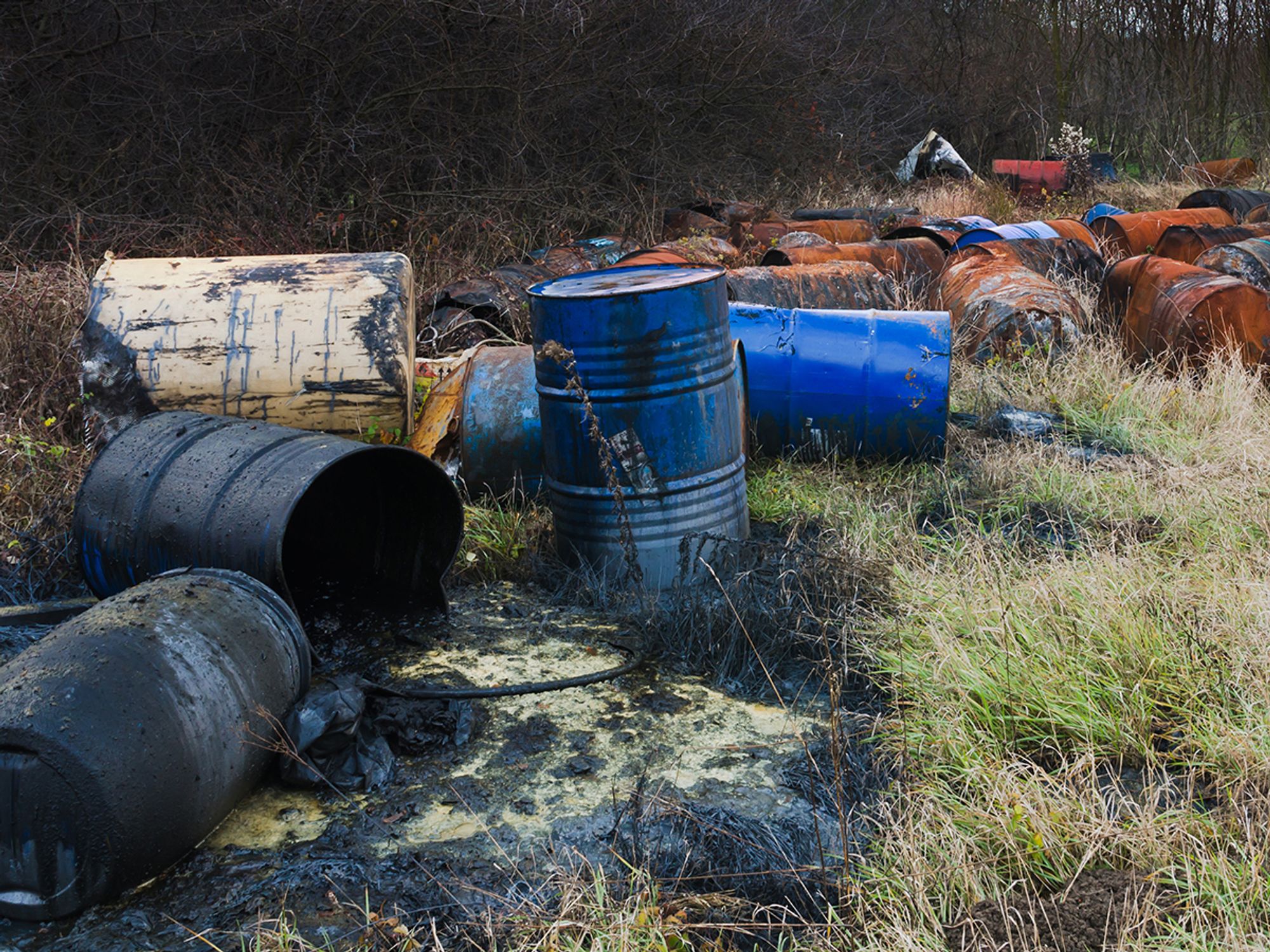InstituteToxic/Hazardous Substance ReleasesSuperfundCERCLA, SARA, EPCRA CERCLA, SARA, EPCRAEnvironmentalEnglishSARA ComplianceAnalysisFocus AreaCompliance and Exceptions (Level 2)USA
CERCLA: Overview
['CERCLA, SARA, EPCRA']

- CERCLA is intended to establish a mechanism of response for the immediate cleanup of hazardous waste from accidental spills or from chronic environmental damage.
The Comprehensive Environmental Response, Compensation, and Liability Act (CERCLA), enacted on December 11, 1980, is the statute through which Congress established Environmental Protection Agency’s (EPA’s) hazardous substance release reporting and cleanup program, known as the “Superfund” program. More specifically, CERCLA:
- Placed a now expired tax on the chemical and petroleum industries to establish funds. The funds are used for the immediate removal of hazardous substances released into the environment.
- Is intended to establish a mechanism of response for the immediate cleanup of hazardous waste from accidental spills or from chronic environmental damage, such as is associated with abandoned hazardous waste disposal sites.
- Established prohibitions and requirements concerning closed and abandoned hazardous waste sites.
- Provided liability of persons responsible for releases of hazardous wastes at these sites.
- Provided funding for cleanup of hazardous waste sites when no responsible party can be identified.
The statute itself provides the legal authority and general framework for the program. Citations to CERCLA may be made in two ways:
- By title and section, as the law was originally enacted (e.g., CERCLA 103); and
- By title, chapter, subchapter, and section of the United States Code (U.S.C.) (e.g., 42 U.S.C. 9603), which refers to the government codification.
Many of the regulations found at 40 CFR 300 to 374 were authorized by CERCLA. A check of the authority statement for each of those CFRs will help a facility determine whether the CFR is authorized by any of the codes within 42 U.S.C. 9601 to 9675.
